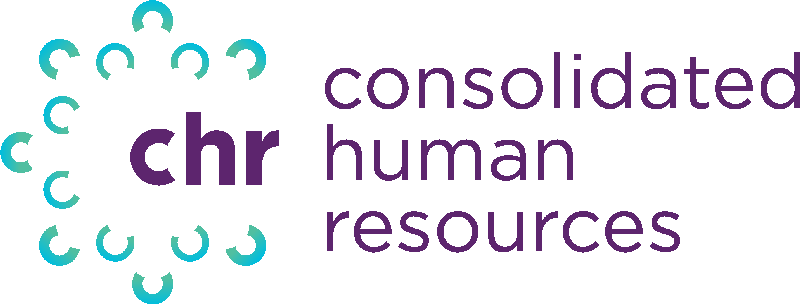Hybrid, Remote, Onsite…Oh My!
Relatively few companies offered flexible work environments prior to 2020. When the global health crisis turned the world upside down, mandatory closures and lockdowns forced an abrupt shift.
Suddenly, millions of employees whose jobs could be done virtually were working from home. Even organizations with frontline employees (healthcare, retail, education, law enforcement, public safety) allowed support staff and administrators to work remotely.
For the most part, remote workers proved to be amazingly productive, even if their situation was not ideal. Working parents managed to squeeze virtual schooling and job tasks into their day. We MacGyvered home offices. We created lockdown lingo like “blursday,” and “quaranteam” to help ease the shift to the new reality we are experiencing.
For most small businesses, the first iteration of flexible working was understandably chaotic. But anything that kept the lights on was better than nothing. As the months flew by (or dragged on, depending on your perspective), businesses started creating policies to formalize flexible working arrangements. Flexible work schedules and hybrid working environments are no longer seen as a temporary stopgap measure.
Clearly, the need for flexible working is not going away. Business learns quickly, and early adopters have proven that adapting to change can bring new levels of productivity and competitive advantage.
One area that remains critical for small business is time and attendance. There are many challenges in this area alone. Organizing employees with varied work schedules and tracking time accurately are paramount to creating success for any company. More so in today’s complex hybrid working environments.
For businesses serious about moving forward, it’s time to adopt comprehensive systems that support flexible work environments.

